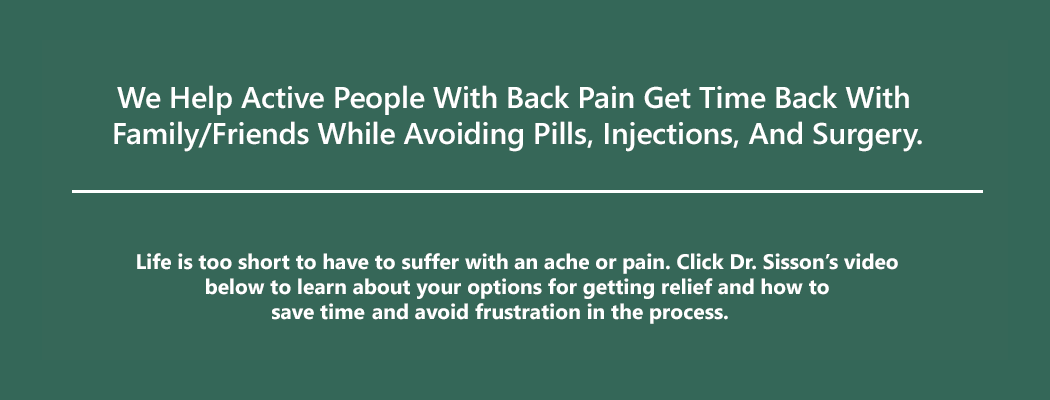Q: I've been going to a new pain clinic that specializes in low back pain. They seem to have the approach that I need to work through the pain. I thought the idea that no pain, no gain was no longer used.
A: There may be some patients and some situations where the idea is still used that it has to hurt to work. In general, we have discovered that pain is a signal to change or stop what we are doing in order to avoid injury or damage to the tissues.
But sometimes the system goes haywire. Pain becomes chronic. When patients with chronic pain stop moving, then a syndrome of disuse occurs. A second saying, motion is lotion is still very true. Without movement, we become stiff, less flexible, and muscles atrophy and weaken. All of these effects lead to more pain.
New imaging studies of the brain and spinal cord have helped us see that changes occur in these structures with prolonged pain. New therapies to help reverse these changes are being tried.
One method that has been partially successful is called deep learning therapy (DLT). With DLT, patients are encouraged to work toward improving function, not pain. This may be what you are experiencing. The goal is to be more active and do more even if the pain doesn't change.
There is hope that by retraining the body to move and function as it did before the pain, the nervous system can be reset. Helping patients break the hold that fear and anxiety have over them is part of that process.
Does Chronic Back Pain Change the Structure of the Spinal Cord and Brain -- And Can Rehabilitation Reverse These Changes? In The Back Letter. April 2007. Vol. 22. No. 4. Pp. 40-41.











